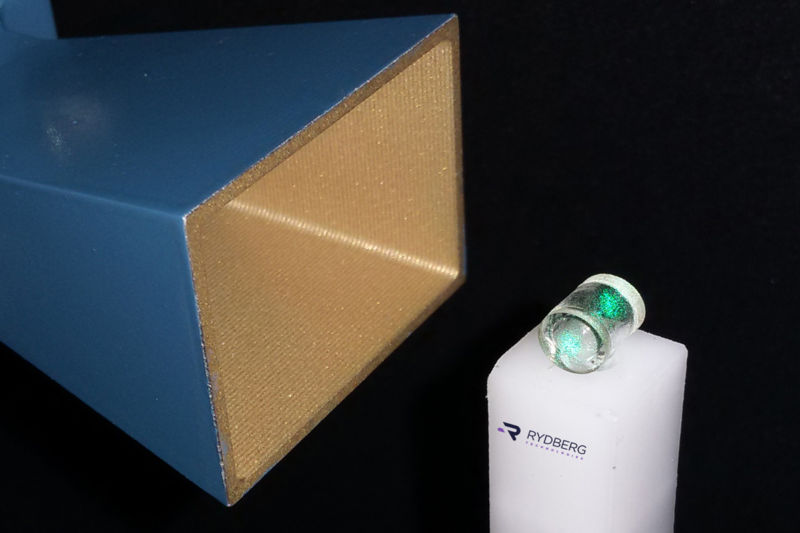A new antenna using single atoms could usher in the age of atomic radio
Ars Technica » Scientific Method 2018-09-19

Enlarge / Zapping a vapor cell of excited cesium atoms with lasers makes an excellent detector of radio waves. (credit: Rydberg Technologies)
In the 1950s, atomic clocks revolutionized precision time-keeping. Now we may be on the verge of so-called "atomic radio," thanks to the development of a new type of antenna capable of receiving signals across a much wider range of frequencies (more than four octaves) that is highly resistant to electromagnetic interference.
An antenna is typically a collection of metal rods that pick up passing radio waves and convert their energy into an electrical current, which is then amplified. One might argue that the good old-fashioned radio antenna has served us well since the dawn of the 20th century, so why do we need anything to replace it?
According to David Anderson of Rydberg Technologies, those antennae are wavelength-dependent, so their size depends on whatever wavelength of signal they are trying to measure (they need to be about half the size of whatever wavelength they are designed to receive). That means you need antennae of several different sizes to measure different radio frequencies.